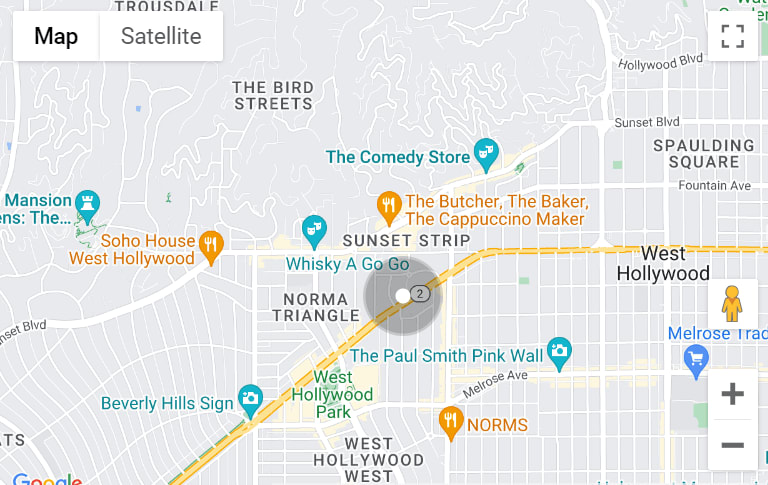So you LOVE the charm of those old-school craftsmen/Tudor homes. You would like to buy one?! Where do you start?! Older homes have their own set of unique challenges. Just because a home looks fixed up on the inside, doesn’t necessarily mean that it is fixed up. Usually, the bigger more expensive items are not the superficial aesthetics. Read more to find out some of the important things to consider while looking at charming old homes.
Oil Tanks
If it’s an older home it is highly likely that at one point the home was heated by oil, or still is. Before buying a home check to see where the tank fill pipe is. It should be located on the property, if you see a medal pipe sticking out of the ground about a foot or so— that could potentially be it. Ask the current owners/sellers if they’ve ever had the tank decommissioned. Yes? Wonderful. No? consider making an offer contingent upon getting the tank decommissioned, or contingent upon a soil sample testing to make sure the tank is not leaking. A typical decommissioning of an oil tank will be around $750. If an oil tank is leaking, however, it could be thousands of dollars in clean-up costs, which range anywhere from $4,000 to upwards of $100,000. If you don’t care and want the home anyway, it’s a risk that you’ll need to evaluate for yourself. The seller maintains the right to not do anything for a potential buyer regarding an oil tank.
Old Electrical
This can cost you thousands to replace, have your home inspector evaluate the wiring and check the outlets to see if any of them need to be grounded. Furthermore, if it looks to be an issue hire an electrician to take a look at the issues. The problem with old electrical is that it has the potential to oxidize and corrode, which may cause the electrical to overheat, which is a fire hazard. Knob and tube wiring is also a problem that is typical with old homes typically built before the 40s. It has a host of problems including, the inability to use 3-pronged appliances, potential fire risk with insulation next to wires, possible bad modifications- “patched” jobs, and it sags over time. All of these issues could lead the home to catch on fire.
Galvanized Pipes or Lead Plumbing
Common before the ’60s, and another big-ticket item to fix. Over time these pipes corrode and rust and could potentially cause a restriction of water flow. Due to how the galvanization process works, the potential for leadership, and other heavy metals to be in your water is also a possibility—it’s a good idea to have the water tested.
Foundation
Evaluate the type of foundation the home is on. Post and peer? Slab? Poured Concrete? All of these will put a different value on the home. Also, in certain areas different foundations can potentially not be acceptable to finance with certain lenders, post and peer can sometimes be an issue with lenders in the Washington area (not all the time, but sometimes). Check-in with your lender about your financial ability to finance the specific home.
Siding
Asbestos siding is something to look out for. In homes built in or before the 1950s, it is common to have cement board asbestos siding. As long as the siding is in good condition with no cracks or breaks, asbestos fibers won’t get into the air and it shouldn’t be a problem. The issue however comes when the siding fails and needs to be replaced. When this happens, in the state of Washington, you need to hire a professional to come and encapsulate the side to remove the asbestos. Otherwise, the asbestos spores to get into the air and people can potentially breathe it in, which presents health concerns.
Roof
For any home you buy, make sure the roof looks to be in good shape, this is something you would want to do in purchasing a home no matter the age. Roofs are expensive, know what you’re getting yourself into!
Insulation
Does the home have insulation and to what capacity does it have it? Attic and crawl space is the insulation to really look for, consider if a home doesn’t have it to add later on. If it does have insulation and the age of it is unknown, consider having it tested, and writing in the contract that you would like the ability to do so. As a buyer, the more information you have pre-purchase the more you’ll be informed to make an educated decision and feel confident about your home purchase.
Lead-Based Paint
If it’s a home built before 1978 there could be lead base paint on the home. Be aware of the risks and side effects that can be caused by lead.
Other
There are many more things to consider depending on the specific property. Is the home on septic? Is it on a well? What kind of well? How often has it been treated? These are all questions that your agent should have knowledge in guiding you through.
Did you make it through the list? Did this list terrify you? Don’t let it!
Buying an older home and fixing it up to be your own, can be highly rewarding. The biggest thing is to just have help from someone who knows older homes and can help you weigh out the pros and cons of each home. Every house is different and has a different “story” to figure out, take your time, and know to your best ability what you’re getting into. Doing proper research should help alleviate some of the potential risks. I’m excited for you to take on an old house and turn a new leaf over it. If you’ve read this article and bought a home, I would love to see what you’ve done,
email me photos!
